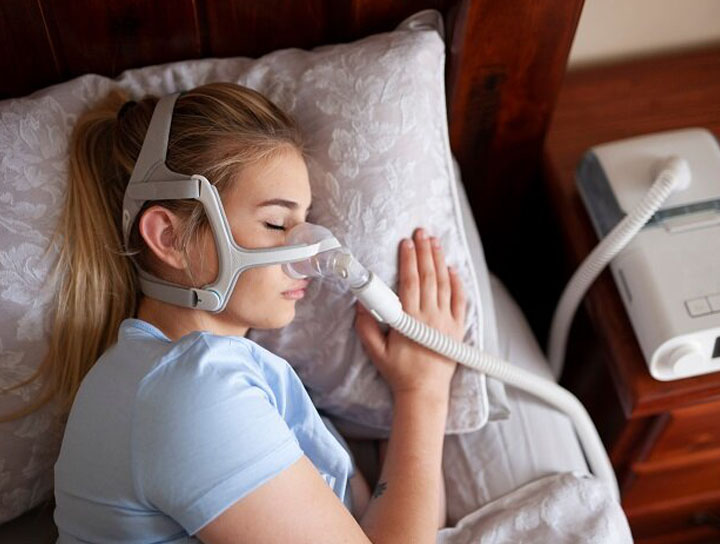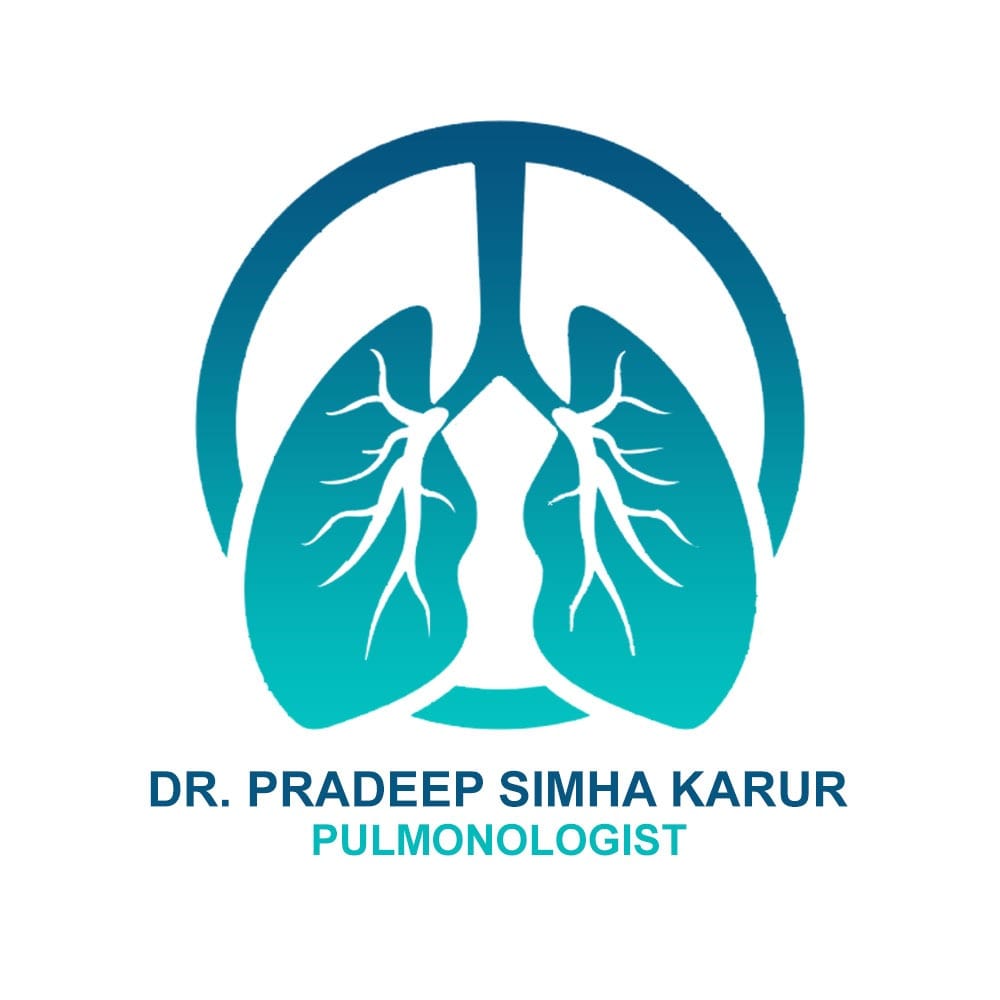Obstructive Sleep Apnea
& Sleep Disorders

Obstructive Sleep Apnea
Obstructive sleep apnea (OSA) is when you can’t breathe while asleep because of a blockage of your windpipe. This can happen for many reasons, ranging from the structure of your head and neck to having excess body weight. When severe, OSA prevents restful sleep. It can also contribute to severe or even life-threatening conditions.
What is obstructive sleep apnea?
Obstructive sleep apnea (OSA) is when a blockage in your airway keeps air from moving through your windpipe while you’re asleep. The blockage and lack of airflow can cause your blood oxygen levels to drop, triggering a survival reflex in your brain that wakes you up just enough to breathe again.
While that reflex is key in keeping you breathing, it also disrupts your sleep. As more disruptions in your sleep happen, your sleep quality suffers. That can lead to a wide range of symptoms, many of which are disruptive or potentially dangerous.
Who does obstructive sleep apnea affect?
OSA can happen to anyone, but it’s more common under some circumstances and in some populations:
- Before age 50, it’s more common for people assigned male at birth (AMAB). After age 50, it affects people assigned female at birth (AFAB) at the same rate.
- People are more likely to develop it as they get older.
- Having excess weight or obesity strongly increases the risk of developing it.
- It’s more common in people who are of Black, Hispanic or Asian descent.
How common is obstructive sleep apnea?
OSA is uncommon but widespread. Experts estimate it affects about 5% to 10% of people worldwide. In older adults (age 65 and up), it’s much more common, climbing to 20% or more. However, it’s common for people not to realize that they have this condition, so experts aren’t certain about the true scope of this issue.
How does obstructive sleep apnea affect my body?
When learning about OSA, it’s helpful to know how the human sleep cycle works. The sleep cycle happens in multiple stages:
- Stage 1: Light sleep. This is a short stage that begins right after you fall asleep. It accounts for about 5% of your total sleep time.
- Stage 2: Deeper sleep. This stage is deeper and makes up about 45% to 50% of all the time you spend sleeping.
- Stage 3: Slow wave sleep. This is the deepest sleep stage, making up about 25% of the time you spend sleeping.
- REM sleep: REM stands for “rapid eye movement.” This stage is when you dream.
How sleep apnea causes poor sleep
The word “apnea” comes from Greek and means “breathless.” Obstructive sleep apnea means that it happens because of an obstruction or blockage. OSA happens most commonly because of how the muscles in your body relax as you move into some stages of sleep.
